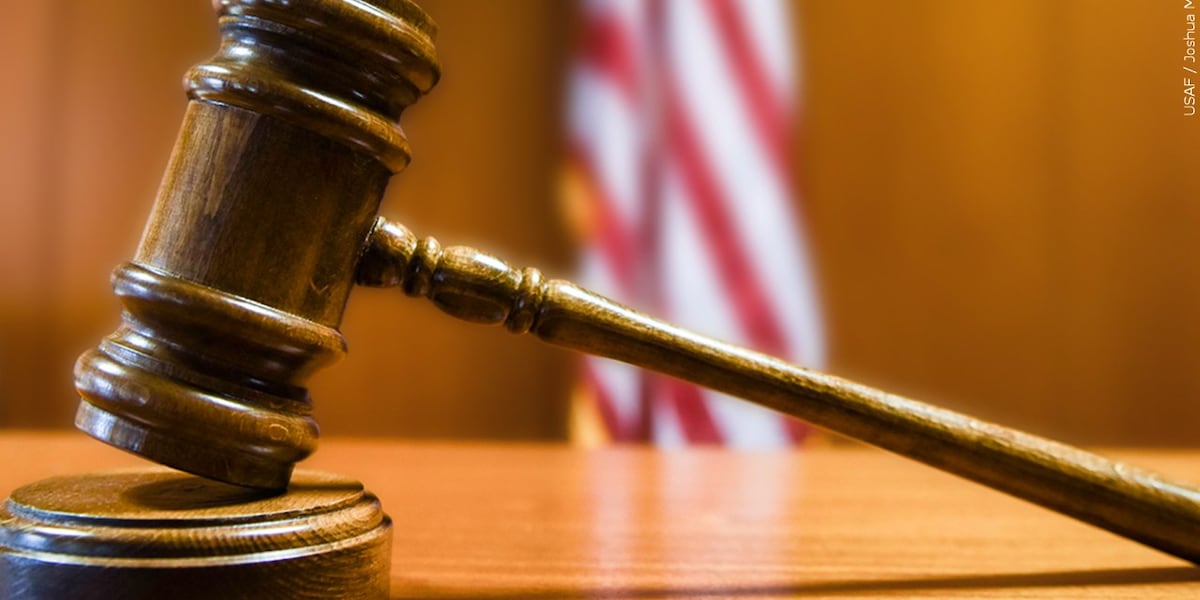/cloudfront-us-east-1.images.arcpublishing.com/gray/LACLROCQSFCFVKTDMZQMQYCG7A.png)
LAS VEGAS, Nev. (FOX5) – It won’t be long until F1 race cars are roaring around Las Vegas, but some far smaller vehicles are already speeding in the classroom at UNLV.
Computer science students are building cars and skills in a unique course with exciting, real-world applications. They recently took FOX5 along for a test drive.
“You have a car that’s a tenth of the size of an actual F1 car, and you race it around a track in these international competitions and the goal is to maximize safety, but also maximize speed,” explains graduate student Breanna Geller.
“It’s fun to go fast and break things and so here we have the chance to go fast, maybe break something, and we’ll put it back together and get it going fast again,” added computer science professor Chuck Tessler.
Students are getting into the spirit of F1 by building tiny versions of the real thing with one big difference.
“They have no drivers. They drive all by themselves,” says Tessler. “What is the driver is what the students have programmed ahead of time, put it on the car, the car drives all by itself.”
They may look like the remote-controlled cars kids play with, but these are actually high-tech autonomous vehicles built and programmed by UNLV students.
“Working on cars, and putting these algorithms onto cars, kind of gives you that real-world feel, you can actually see your algorithm doing something in real time, you’re driving it around a track, right? You’re racing it,” says Geller.
As the students learn, so do their race cars.
“You can start by having a well-described room, a well-described map, as we would call it, and you can race on that,” explains Tessler. “But you can take that to another level of difficulty where the car has no idea what the map is and it builds the map as it drives.”
In the short-term, the students behind these cars hope to compete internationally, but their professor sees them entering a far longer race.
“So students that participate in this program, and participate in the races, will have a better toolset to make your autonomous car of the future safer,” he said.
The little racers reach speeds up to 30 miles an hour. Students hope to race against a field of international competitors in the upcoming “F One-Tenth.”
Professor Tessler hopes to work with Formula One to see if they can bring UNLV’s course to its facility as well.
Copyright 2023 KVVU. All rights reserved.




